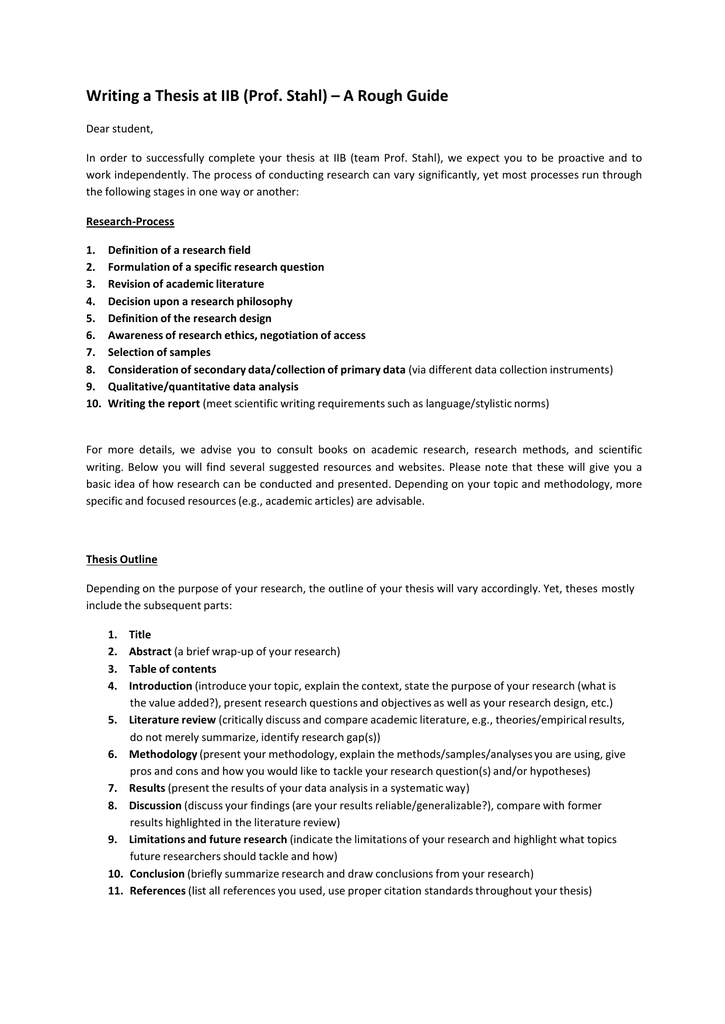
Reflections on the Dissertation Process and the Use of Secondary Data. Mahoe, Rochelle. Educational Perspectives, v37 n2 p When she was asked to write an article on how she used quantitative research methods in her doctoral dissertation, the author eagerly jumped at the chance. Not because she is some sort of expert on the topic, but Aug 21, · Secondary data is defined as information collected by individuals or organisations that are not based on their personal first-hand experience in participating in actual events or conditions of research (Daas and Arends, ).Estimated Reading Time: 11 mins Nov 22, · Collection of data through the internet, archives, libraries, college, and organisational reports are all general approaches for secondary research. 1. Data from government and non-government sites. Official and non-government databases may also contain important research resources, which normally contain verifiable data that can be applied to
Writing A Dissertation With Secondary Data – Secondary Research / Library-based Dissertations
Secondary research is research that has already been carried out and collected by someone else. Thankfully secondary will save you time in the long run! Read more about the advantages and disadvantages of primary research. Some good places to search include:. You might be looking for one more specifically than the other, or you could use a mix of both, dissertation research methodology secondary data.
The type of data you want to be captured in your dissertation will depend on your overarching question — so keep it in mind throughout your search! We recommend splitting this into chapters with subheadings and ensuring that each point you want to discuss has a reliable source to back it up.
Just make sure you prioritise the research that backs up your overall point so each section has clarity. In your intro, you will want to emphasise what your dissertation aims to cover within your writing and outline your research objectives. You can then follow up with the context around this question and identify why your research is meaningful to a wider audience. Before you get started on the main chapters of your dissertation, dissertation research methodology secondary data, you need to find out what theories relate to your chosen subject and the research that has already been carried out around it.
Your literature review will be a summary of any previous research carried out on the topic and should have an intro and conclusion like any other body of the academic text. When writing about this research you want to make sure you are describing, summarising, evaluating and analysing each piece.
This is one crucial way to score some marks. You also want to identify any themes between each piece of research to emphasise their relevancy. It will form your main chapters after your lit review. The most important part is that you use it wisely. To finish off the theoretical framework you want to start suggesting where your research will fit in with those texts in your literature review.
You might want dissertation research methodology secondary data challenge a theory by critiquing it with another or explain how two theories can be combined to make a new outcome, dissertation research methodology secondary data.
A great way to avoid repetition is to highlight any overarching themes your conclusions have shown. Hopefully, this helps you with your secondary data research for your dissertation! You may also want to read about the advantages and disadvantages of secondary research.
Writing Services Essay Writing Assignment Writing Coursework Writing Annotated Bibliography Case Study Writing Literature Review Writing Report Writing Reflective Report Writing Research Proposal Model Answers Exam Notes. Why choose us? Mission and Vision Samples Library Referral Programme FAQs Contact Us. Manage Orders Sign Out.
Write Your Dissertation Using Only Dissertation research methodology secondary data Research. November by Keira Bennett. Previous Post Next Post. You may also like Advantages of Secondary Research Disadvantages of Secondary Research How to Analyse Secondary Data for a Dissertation Start Your Dissertation Research Over Summer Discover Your Learning Style and Master Your Studies How To Apply Ethics to Your Research.
Online Chat WhatsApp Messenger Email. We value your privacy. We do not sell your data and do not resell our papers. We use cookies which you can view and control.
Dissertation projects: Introduction to secondary analysis for qualitative and quantitative data
, time: 1:28:53How to do Dissertation Secondary Research in 4 Easy Methods

Nov 22, · Collection of data through the internet, archives, libraries, college, and organisational reports are all general approaches for secondary research. 1. Data from government and non-government sites. Official and non-government databases may also contain important research resources, which normally contain verifiable data that can be applied to What is Secondary Data Analysis? • “In the broadest sense, analysis of data collected by someone else” (p. ix; Boslaugh, ) • Analysis of secondary data, where “secondary data can include any data that are examined to answer a research question other than the question(s) for which the data were initially collected” (p. 3; Vartanian, ) • In contrast to primary data analysis in which the same File Size: 1MB Apr 02, · Secondary data collection in Research Methodology. Researcher must be very careful in using secondary data. He must make a minute scrutiny because it is just possible that the secondary data may be unsuitable or may be inadequate in the context
No comments:
Post a Comment